Review: Crave Festival 2018
This year's third edition took place on June 2 in The Hague.
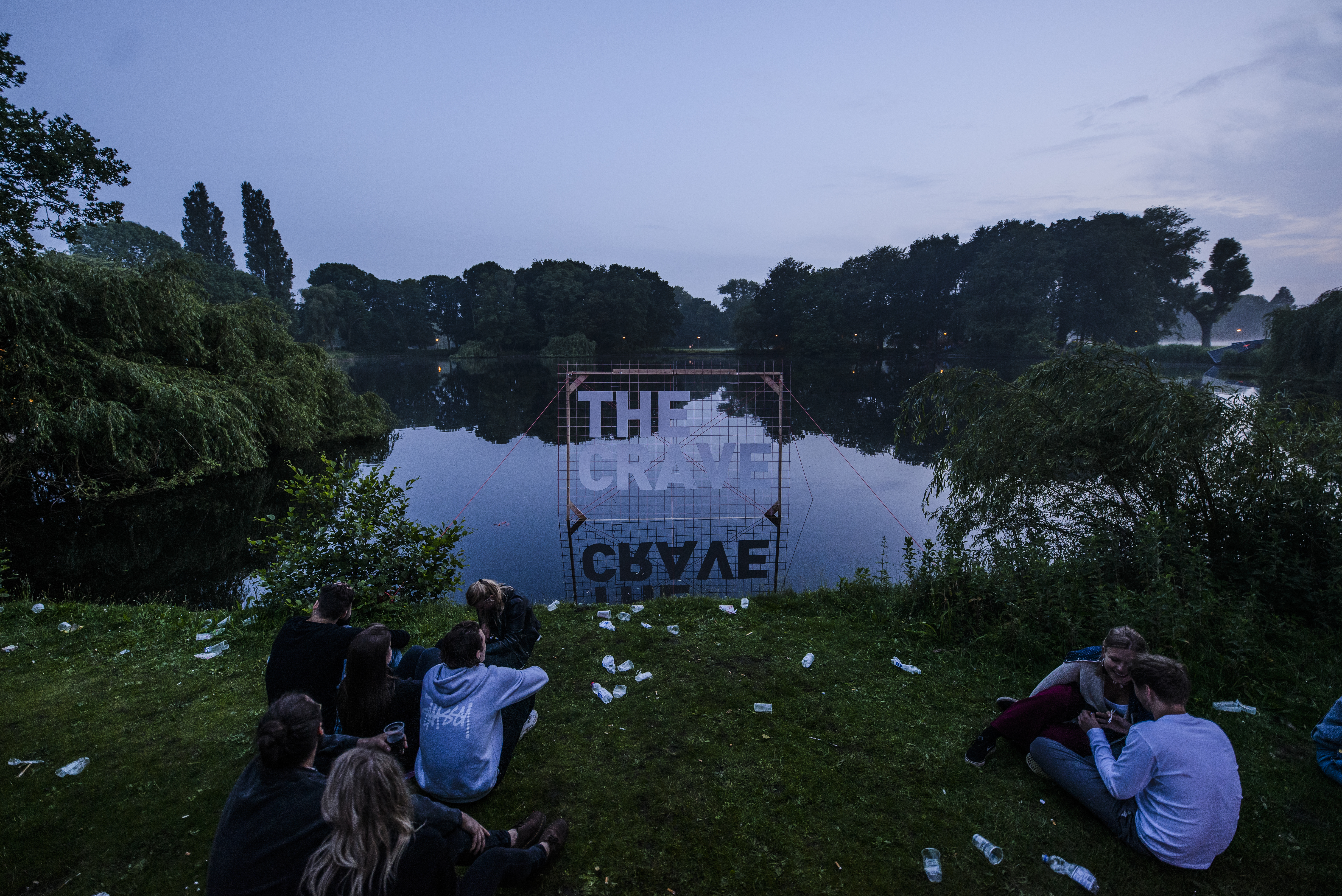
On Saturday, June 2, The Crave’s daytime festival returned to the Zuiderpark, an intimate and lush green space near The Hague, Netherlands. A 10-minute stroll brought you around the reasonably small festival site, passing various couches and other chill areas hidden between giant trees. The four stages all had their own sound, look, and feel; and each one was hosted by one of four local collaborators: PIP, District25, Intergalactic FM, and Creme Organization—all of which had been cleverly linked with in order to represent The Hague’s vibrant electronic music scene in a holistic way. More often than not, you’ll see individual organizations fish in the same pond, resulting in audience overlap and homogeneous lineups; but by sticking their heads together, The Crave and the city’s key players attracted a wider audience who were presented with international DJs perfectly aligned with the festival’s specialization in rougher-edged styles on the electronic music spectrum. Since the Hague has been serving the planet acid jams and electro rhythms since the early ‘90s, they enlisted sure shots such as DJ Stingray, Blawan, and Skee Mask to take care of electro, techno, and breakbeat. But their programming also left room for more unconventional and interesting performances, like Soichi Terada and the noteworthy four-hour closing sets by DJ Sotofett and the Hessle Audio Trio.
Around 2 PM, upon my arrival, Skee Mask was already going full throttle at the mainstage, serving a plethora of fast-paced locked grooves and atmospheric breakbeat resembling that of his latest Compro album. It must be said that it did feel a little too fast for his early slot, but people were bumping and bouncing at the spacious mainstage located at the center of the festival site. It was immediately clear that the Ilian Tape artist wished not to pay attention to the unspoken narrative of gradually increasing energy and peaking during the final set of a festival; instead of warming up, he furiously played records ranging between a 130 and 135 bpm.
As I strayed away from the main stage, I followed the concrete pathway which led through the woods, decorated with lights and mirrors. This took you straight to the Intergalactic FM stage where Cosmox stood underneath the corrugated roof panels. He provided a soothing and enervating soundtrack for the groups in attendance, many of whom were sitting on the grass socializing while sipping their beers. Naturally, the DJ and Intergalactic FM programmer wasn’t focused on making people dance and so pulled out laid-back electro that complimented moment. After a sludgy yet dream-like 4/4 closing track, he handed over the baton to Alienata, who picked up the pace with wavey synth stabs underpinned by a trance-like kick. As she slowly injected her set with energetic hi-hats, a moving crowd started to form on the concrete in front of the booth.
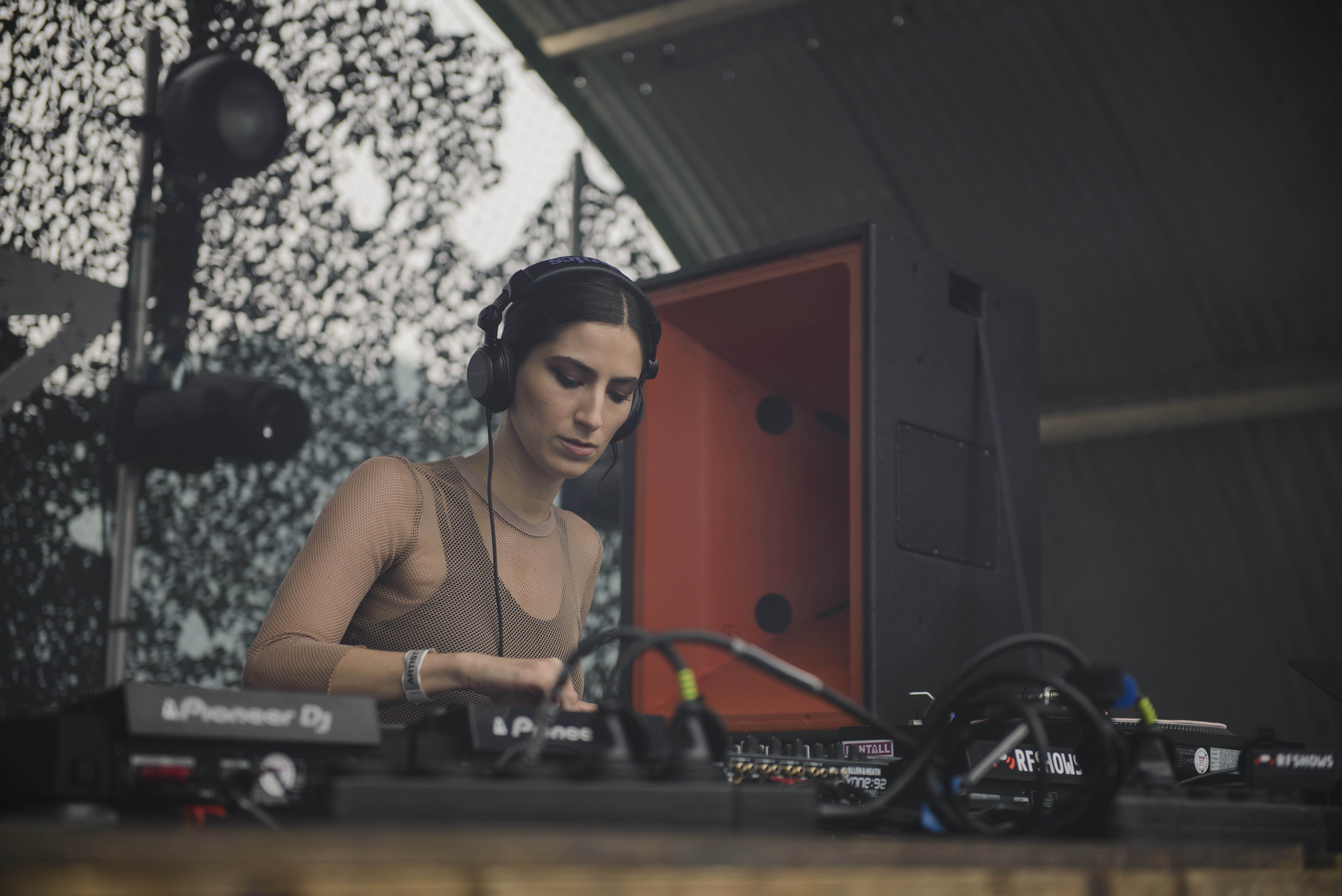
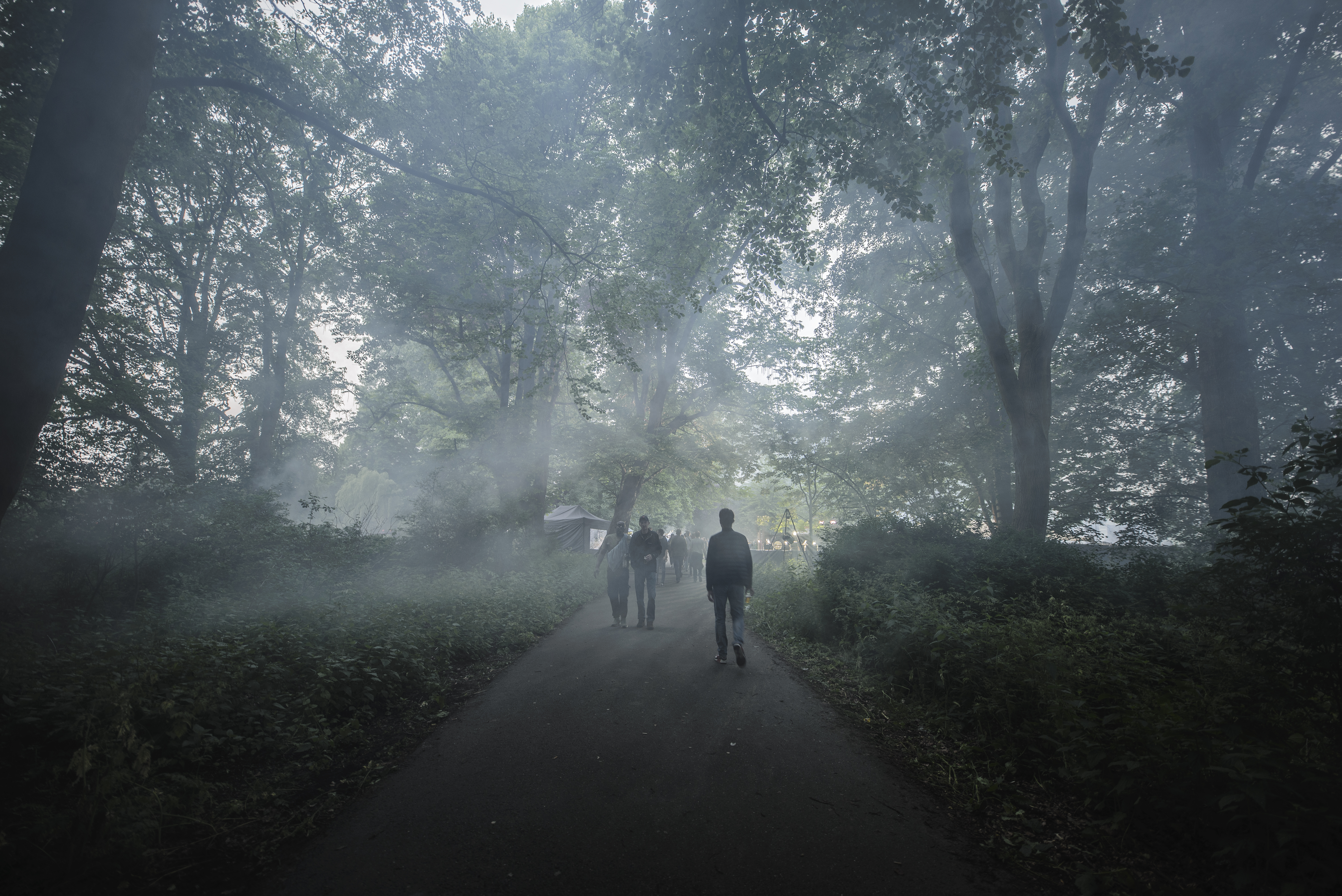
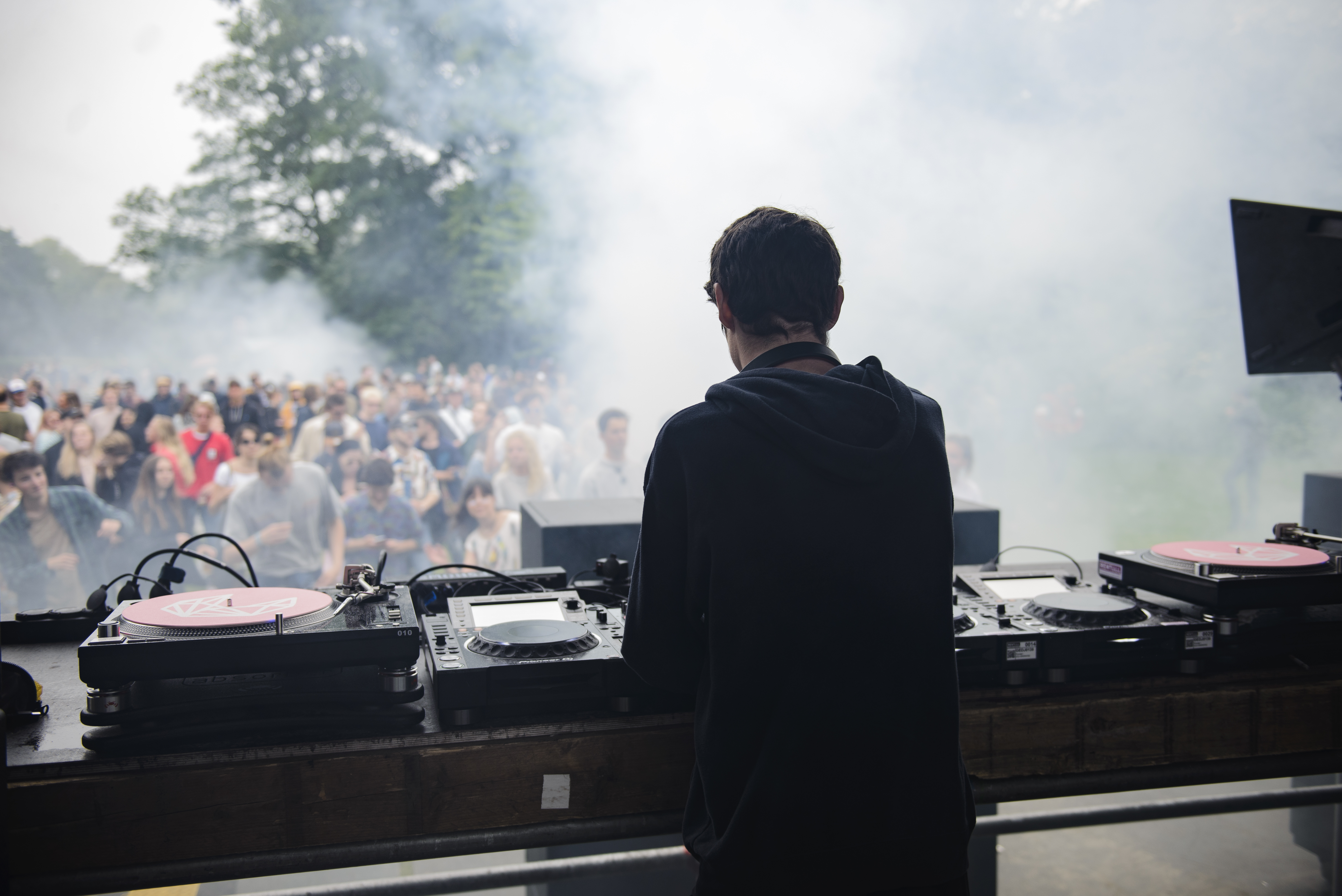
Next up was Courtesy, who my friend had advised me to go see, at District25. The Danish DJ kept the crowd in the only roofed stage completely captivated with her unwavering selection of linear techno and piercing breakbeat, ushered in with a trembling sub. Snare rolls and percussion breaks made the set more fluid, necessary in a techno set where musical elements are kept at a bare minimum.
But she didn’t leave those elements out completely. Shortly after the familiar chords from Andronicus’ “Make You Whole” blasted through the monitors, it almost felt like Courtesy turned the packed shelter into a club: people were dancing like it was 3 AM (it was 3:30 PM)! Even Levon Vincent, who was scheduled to take over a few minutes later, came on stage to share his appreciation, embodying what we all felt. It was a brilliant set, complemented later by Levon Vincent and Egyptian Lover, all the way up until the final hours with Hessle Audio Trio.
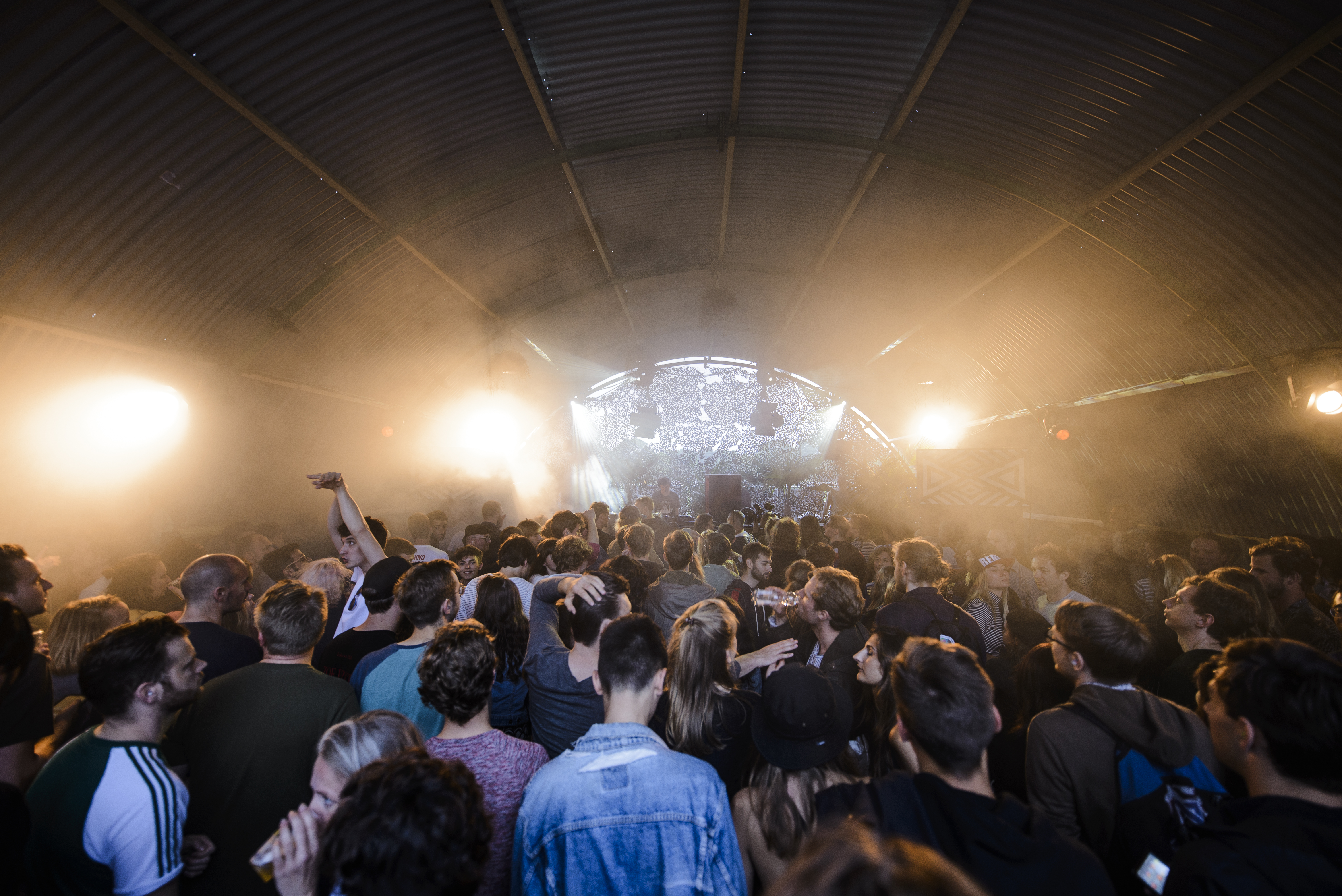
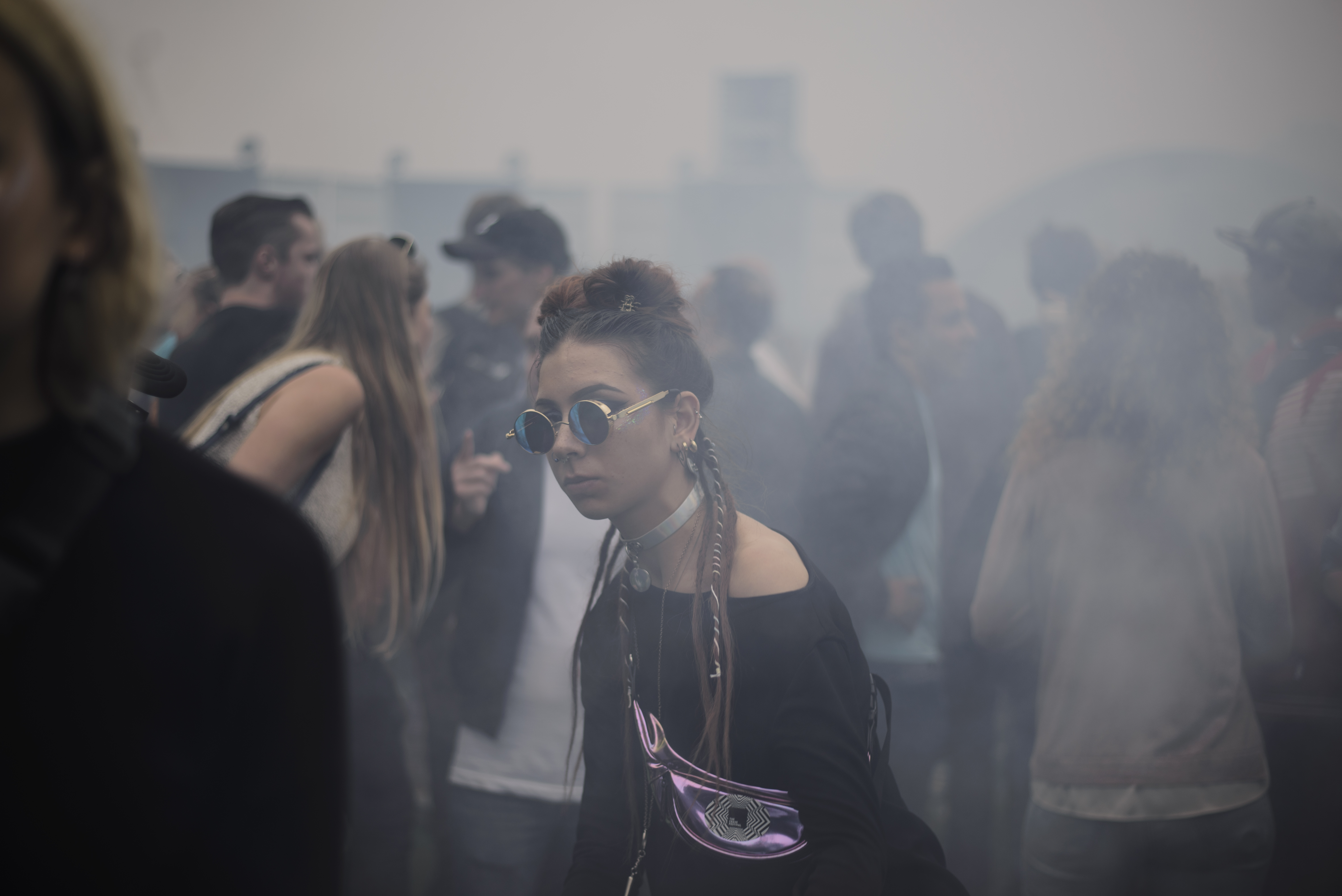
Out of all four stages, the line up of the PIP stage felt like an arbitrary assemblage. As a result, it was difficult to stay focused for more than one set, and this meant inconsistent crowds throughout the day. This was especially true during Sotofett’s four-hour closing set. However, the one highlight was the joyous Soichi Terada, who performed for 500 cheerful heads. He pulled out all of his signature tricks: air playing the piano, wacky, animé-esque facial gestures following his soulful music and play backing the lyrics. Oh, and a smile. All. The. Time. I really wondered if I’d seen anyone as happy as Soichi exhibiting his craft. With charming house, the jolly Japanese artist juxtaposed the other sounds heard at The Crave. His music wasn’t necessarily inspiring, especially when he pulled out his own “Sunshower,” to no ones surprise. Naturally, it was the most attended performance at the PIP stage, but the forty-five minutes did feel a little out of place.
More clouds formed around the time DJ TLR was throwing down at the IF stage. This resulted in gloomy vibe, coincidentally matching the experimental and industrial sounds that the head honcho of the Creme Organization was emulating. Unfortunately, it became a bit straightforward. tracks like DJ Overdose’s “Regeneration” did go some way in creating more liveliness, but ultimately the set was disengaging. As an alternative, I headed to Egyptian Lover, who was infatuating from the first record. Like Soichi Terada, Egyptian Lover is a bona fide performer; yet unlike Soichi, his performance turned into a full-blown concert. The Los Angeles legend is his own best hype man, amping up the crowd with everything he does: every vinyl scratch and finger-fast programming on the 8-0-‘muthafuckin’-8 was met with roaring chants. Aside from his new material, his performance wasn’t that different from the recent sets. But… Egyptian Lover didn’t need it to be, and so neither did we because the entire hangar was swinging and jumping to his artistry.
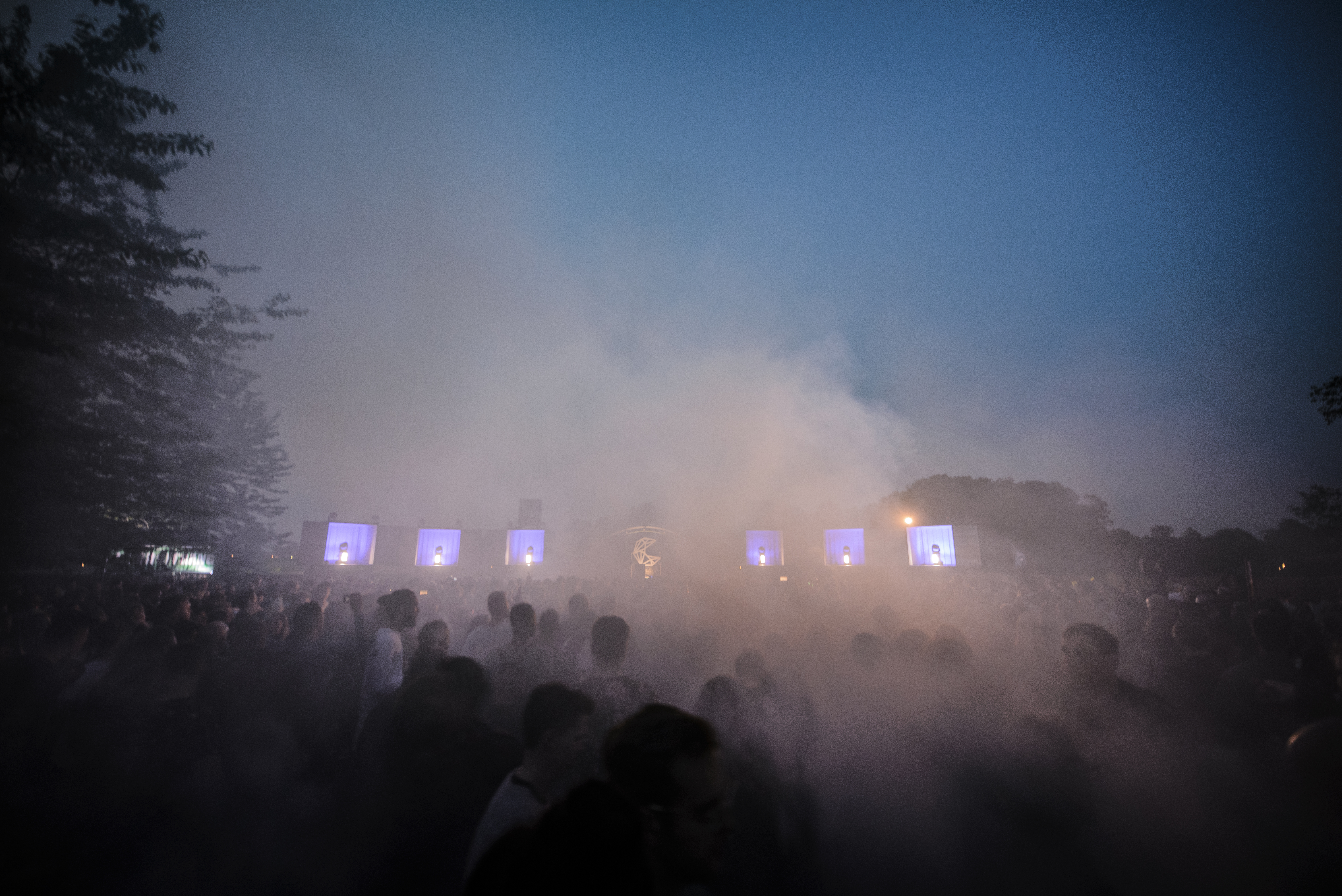

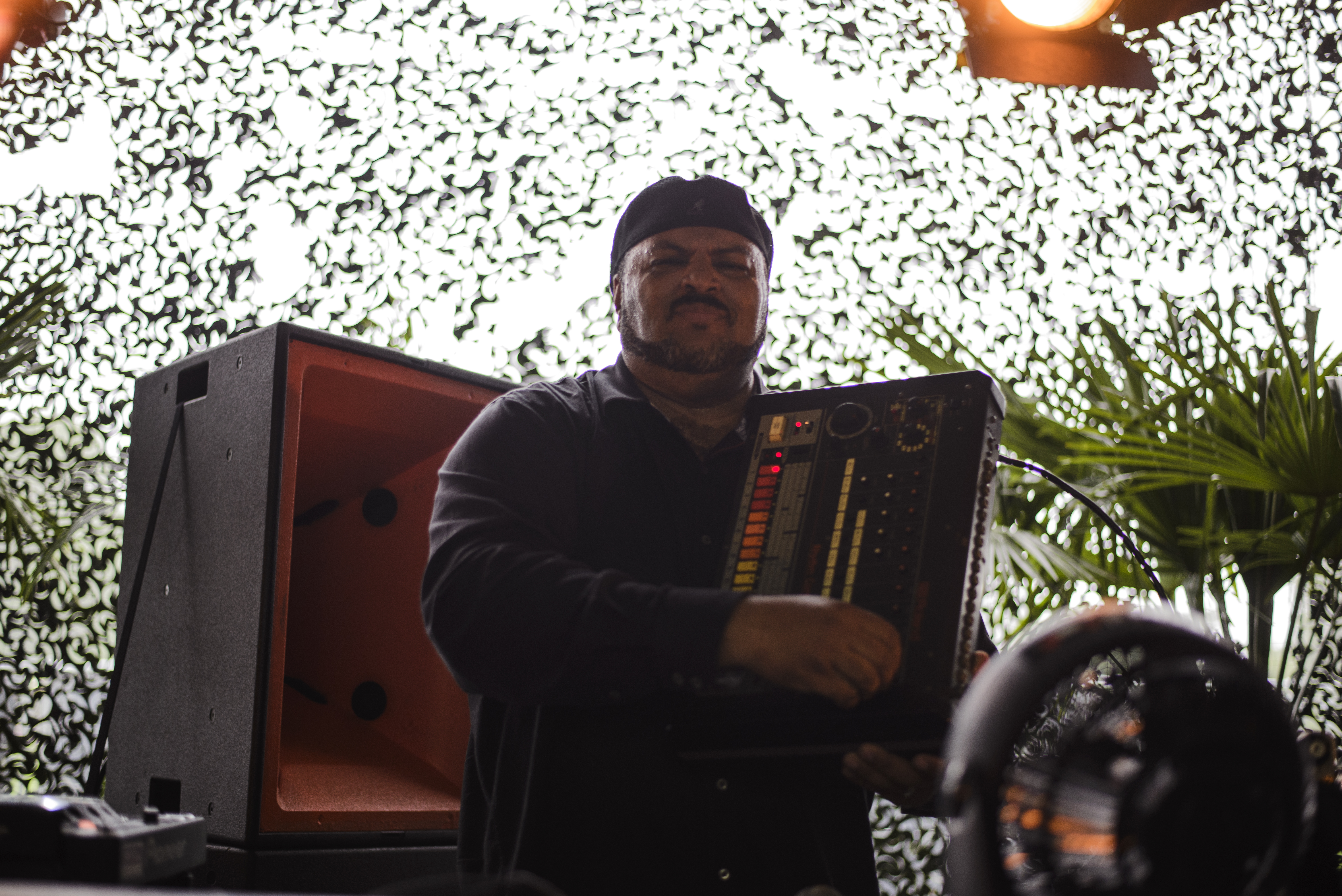
While making another round across the more populated festival, you could see The Hague’s diversity in one glance. It was hard to pinpoint what the target audience was, with the crowd ranging from the wide-eyed first-timers and scavenging music connoisseurs to the those who had come of age during the heydays of punk and some groups who discovered the festival by accident. But it all worked very well together; it felt very inclusive: a communal and social crowd, clustered together by the music.
This was particularly the case during Stingray’s grooving set. He threw in one infectious electro smasher after another, all well-blended with hints of acid. Shredding arpeggiated synths were followed by mysterious tracks like Transllusion’s “Dimensional Glide,” flawlessly supported by the light beams oscillating across the stage. People favored every direction the Detroit Don took with his set. But it wasn’t just the music: it became darker, making the lights more visible. People also started moving closer together creating an even more intimate atmosphere. The electro pioneer was the most suitable DJ to close of the IF stage.
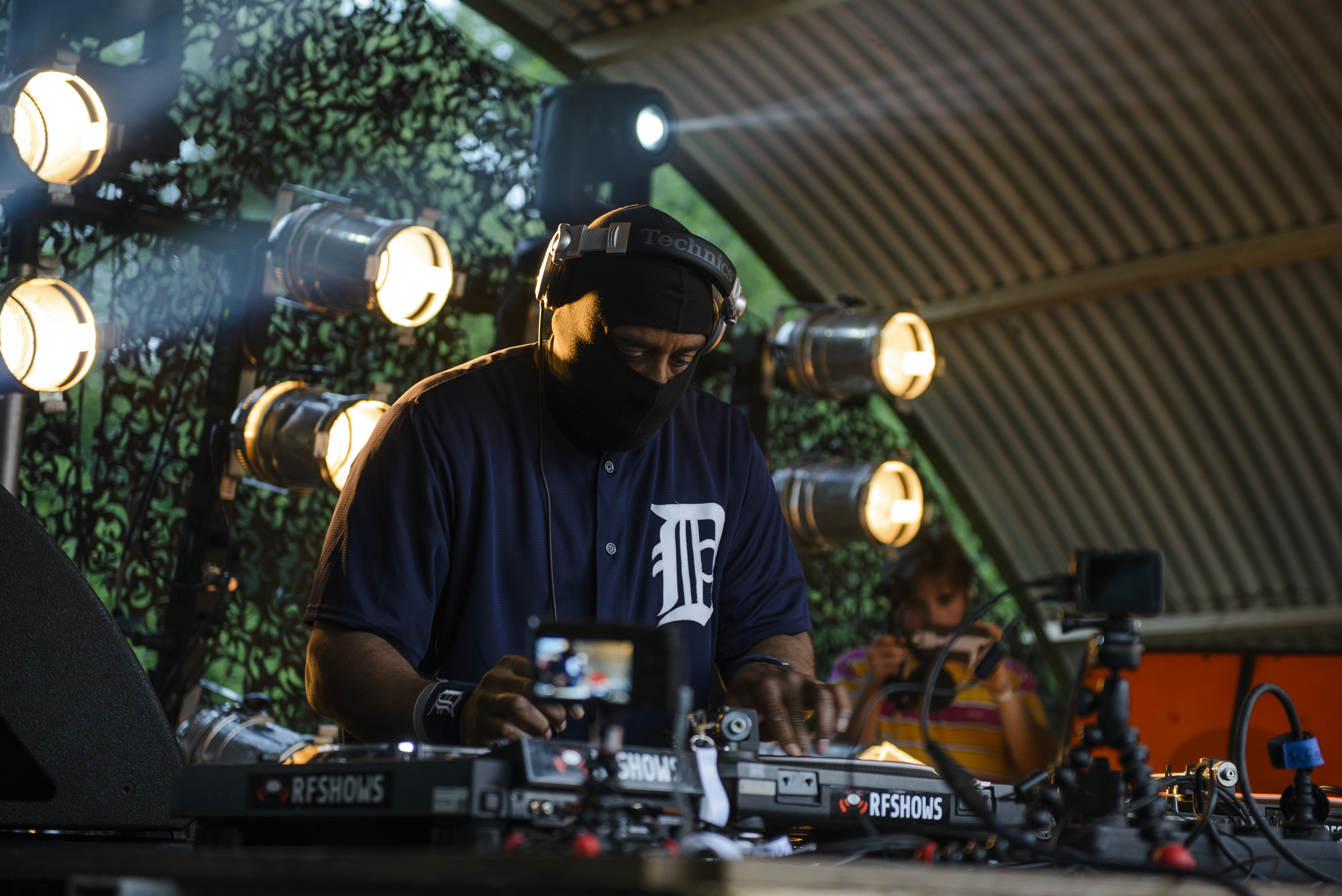
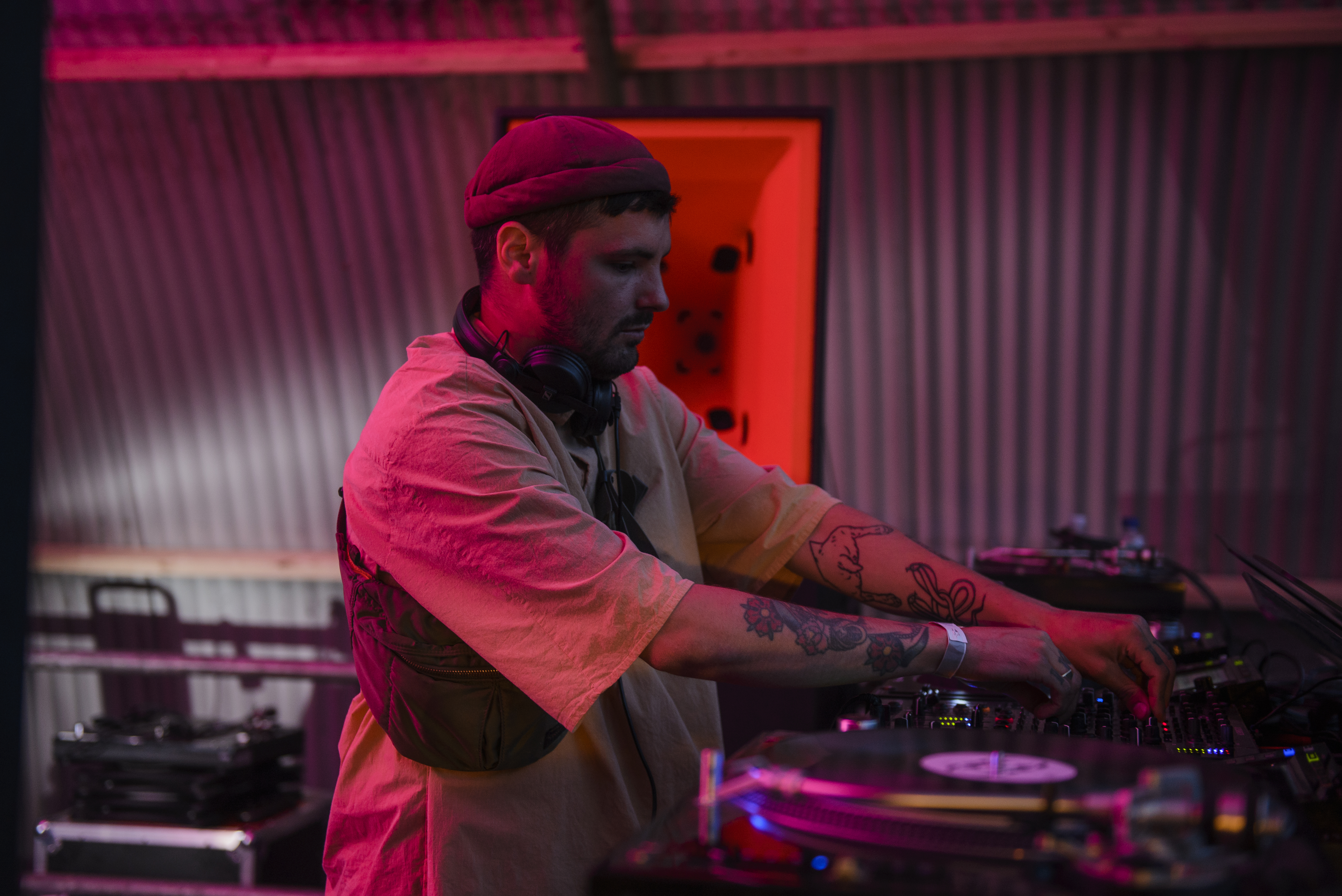
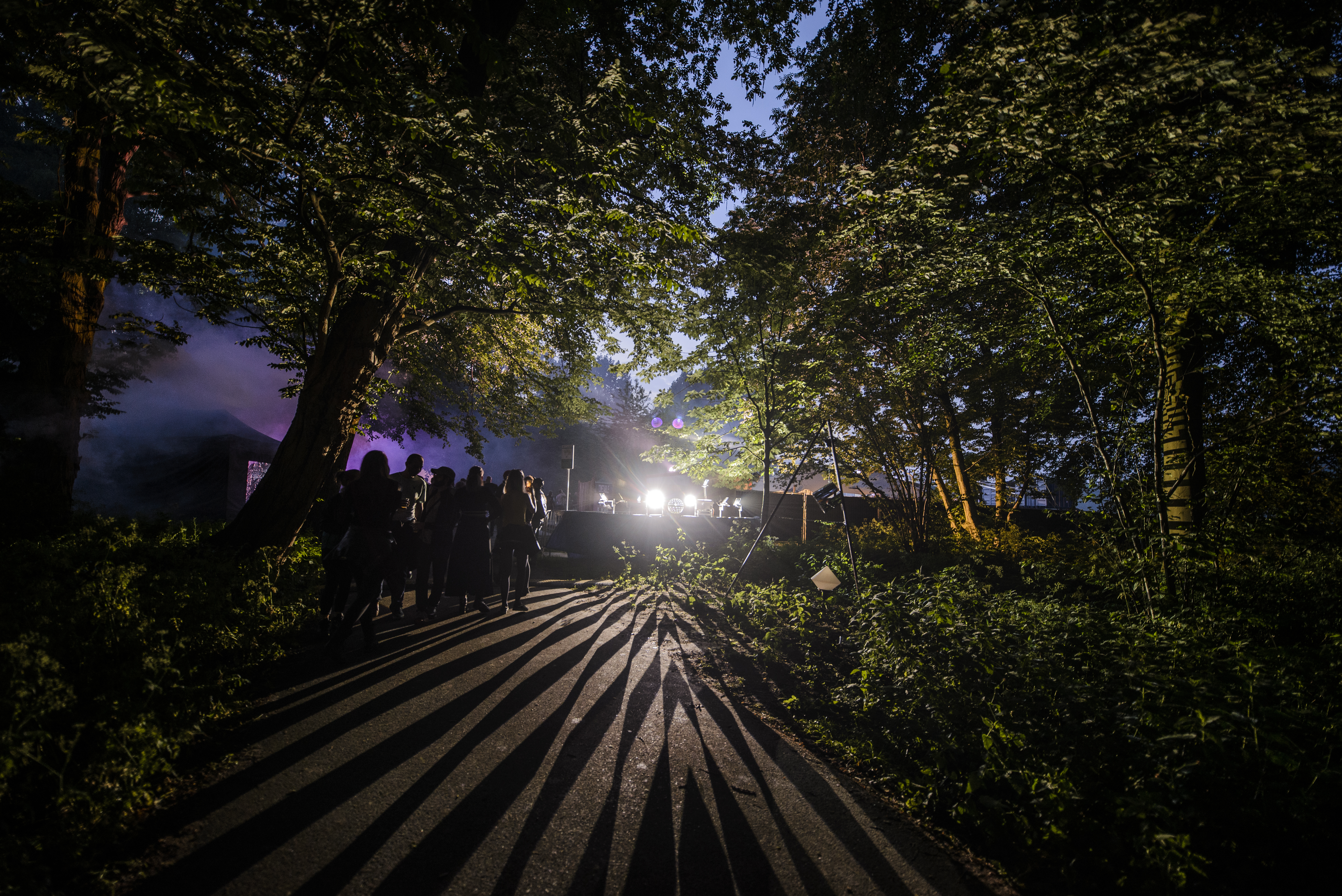
Instead of rampaging with Blawan, I found myself peddling back and forth between Stingray and Sotofett. The latter opened his four-hour closing set with screeching soundscapes backed up by a dusty kick, comfortably sitting around 90 bpm. Even though it sounded promising, the crowd started to narrow. Before long, Sotofett found himself only playing for a select crowd. With a few emotive curveball records similar to A:xus’ “When I Fall In Love,” the Sex Tags Mania head honcho definitely played the most unpredictable and diverse set at The Crave. But unfortunately, he solely paid attention to his vinyl and didn’t interact with the crowd that much, which left us disconnected. It ultimately wasn’t engaging enough to turn his set in a proper closing set.
I took a turn to Ben UFO, Person Sound and Pangaea (as Hessle Audio Trio). They were well into the second half of their four-hour closing set. They took a more approachable and ecstatic route towards the end of the festival. Jackin’ (tech) house, impulsive vocals, and rolling bass lines formed the right formula. People were dancing their ass off and giving out high fives to others who joined them. This was also partly due to the inclusive vibe that reigned over the festival and was sensible until the supergroup laid down the last record.
There’s no denying that The Crave reached a new high this year—a sold-out festival being the first sign. The festival’s brightest moments came from the inclusive and compassionate atmosphere between visitors. Sure, this could be said for other festivals. But not every festival succeeds in bringing about cultural diversity while still managing to attain a cohesive crowd. It’s central to club (and therefore festival) culture, but with the festival overload, it often deviates from the center (and makes way for the pursuance of commercial success). The Crave felt authentic, from the ridged sounds contrasting the festival site’s tranquil and green environment to the culturally diverse audience. Failed attempts are inevitable, but these didn’t obfuscate the overall festival experience in any way. The dissonant lineup of the PIP stage being one of them. These things happen when you’re willing to take a turn where others won’t. But its core strength lies within three elements: its’ fine-tuned programming, the inclusive vibe prevailing amongst the visitors, and the collectivism of the organization.

